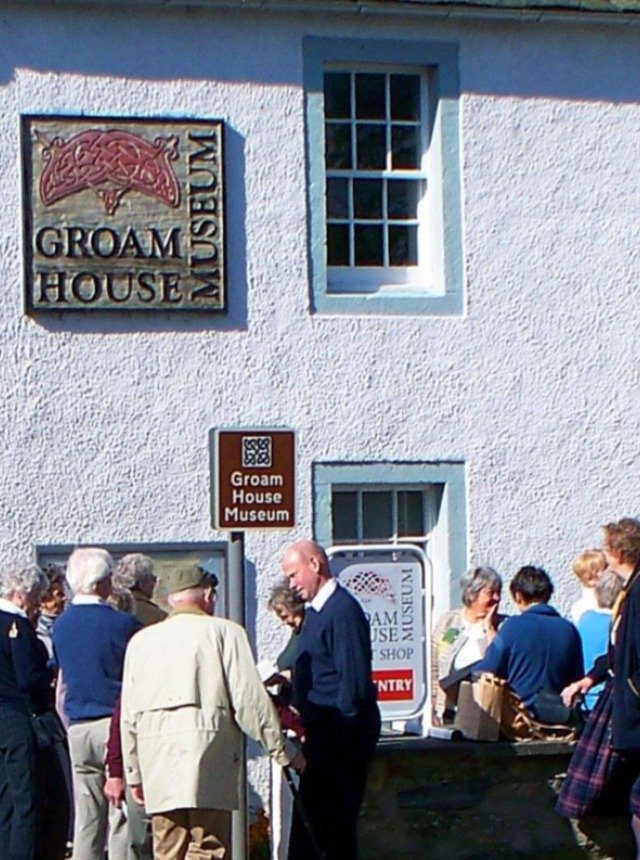An interdisciplinary and post-processual archaeological framework to explore everyday lives across the North Channel
Studies of the Early Medieval North Atlantic are often characterised by divisions, both between disciplines (i.e. archaeology, history, and landscape studies) and in research conventions (e.g. regionalised typologies), such that archaeological investigations can become confined within modern political and/or terrestrial boundaries which their historical subjects exceeded. This is especially evident in relation to the early medieval North Channel; although the seascape and its medieval communities were intimately inter-connected (at its narrowest, the strait is only 19km wide between Torr Head and the Mull of Kintyre), scholarship of the region has become compartmentalised according to the distinct archaeological programmes of Scotland, Northern Ireland, and the Republic of Ireland.
Numerous investigations of early medieval communities which spanned the North Channel, such as Dál Riata and the Columban monastic network, have highlighted the need for shared archaeological typologies and investigations which facilitate discussions across the region (Armit 2008; Werner 2007). In response, this lecture proposes the development of an interdisciplinary, multi-scalar, and holistic “North Channel paradigm” within early medieval North Atlantic scholarship. Taking inspiration from the flowering of methodologies, theoretical frameworks, and new research directions within scholarship on the ancient Mediterranean (especially in the two decades following Horden and Purcell’s "The Corrupting Sea"), this lecture explores the value of developing similar maritime paradigms for the North Channel, emphasising the fluidity and “borderless-ness” such approaches bring.
The lecture employs an interdisciplinary methodology and post-processual archaeological framework to explore everyday lives across the North Channel, examining case studies including early medieval Iona, settlement forms, and material culture (e.g. Continental E-ware ceramics) in south-western Scotland and north-eastern Ireland. It offers a dynamic and theoretically-engaged [re]centering of the North Channel, and sheds light on the complexities of past lived experience in a highly fragmented and intensely connected North Atlantic landscape.

Get a National Art Pass and explore Groam House Museum
You'll see more art and your membership will help museums across the UK
Visitor information
Address
High Street, Rosemarkie, Highland, IV10 8UF
01381 620961
Opening times
Exclusions and safety measures
Admission by Donation
Steps are required to view the George Bain exhibition. This is also available online.
The nearest public toilets are a short walk beyond the museum at the car park.
Visitor information
What else is on at Groam House Museum
The more you see, the more we do.
The National Art Pass lets you enjoy free entry to hundreds of museums, galleries and historic places across the UK, while raising money to support them.





